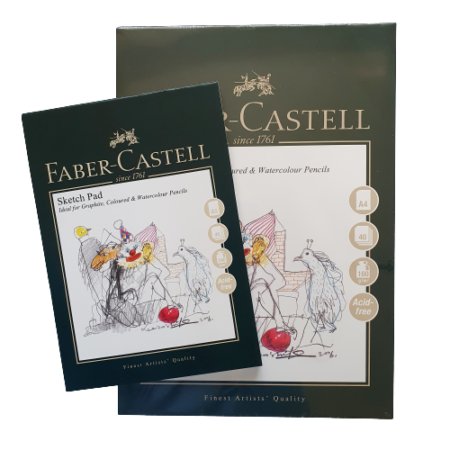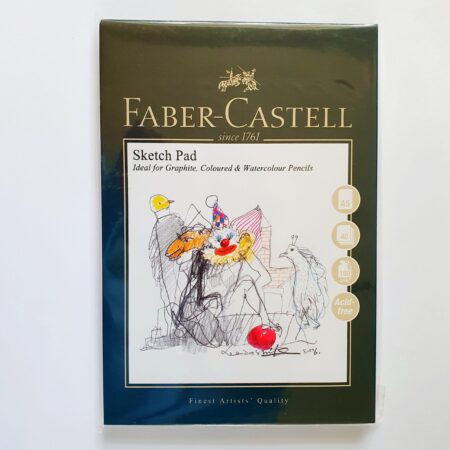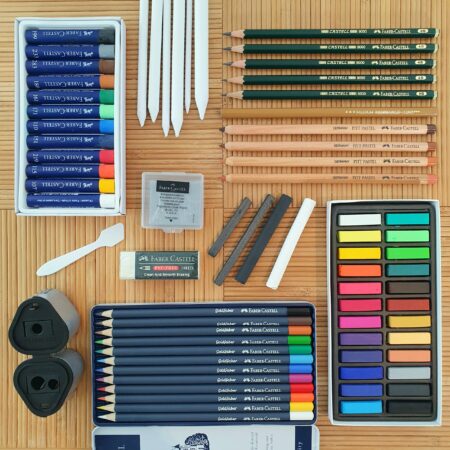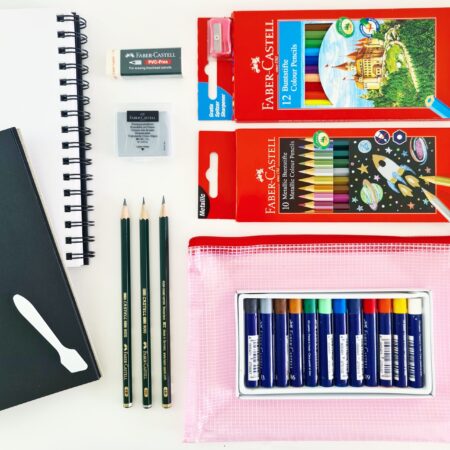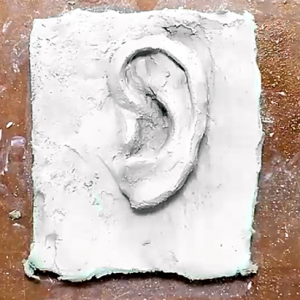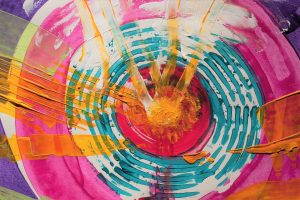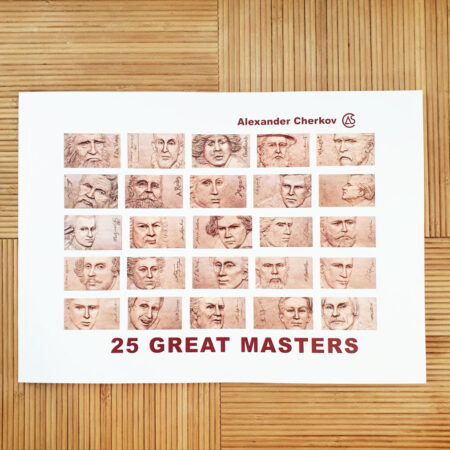Perspective in drawing does not reflect a three-dimensional reality but reflects a two-dimensional product of reality. In reality parallel lines will never meet, but in drawing they will meet at a vanishing point on the horizon. It is impossible to create an accurate record of reality, since it is impossible to flatten the depth in reality. Trying to create depth through perspective in two-dimensional drawing forces us to omit a lot. Perspective in drawing, although not accurate to reality, helps us create compelling depth in drawing.
Here are the rules of perspective From the book Introduction to the World of Art "Sculpture, painting, drawing and more" By Alexander Cherkov:
Perspective expresses the distance of the objects from the viewer and can be determined by a simple formula: "Farther = smaller". That is, the farther the object is from us the smaller it will look. But are we always able to visually correctly determine the degree of reduction? How do we express the distance more convincingly?
Of all the types of perspective that exist, drawing and drawing usually use linear perspectives (geometric perspective) and aerial perspectives (tonal perspective).
Linear perspective
The linear perspective uses a single vanishing point where lines that are parallel in reality meet. The linear perspective is divided into anterior (1) and posterior (2) (which are less commonly used).

One vanishing point for drawing backgrounds or distant objects
In a straightforward linear perspective most commonly usedOne vanishing point Of the convergence of all parallel lines in reality, moving away from the viewer. Although it is not so accurate, it conveys a very good sense of depth and is large enough to work with backgrounds and distant secondary objects.
Two vanishing points for listing nearby objects
To achieve a convincing expression of the volume of close objects, it is advisable to use a perspective Two vanishing points.


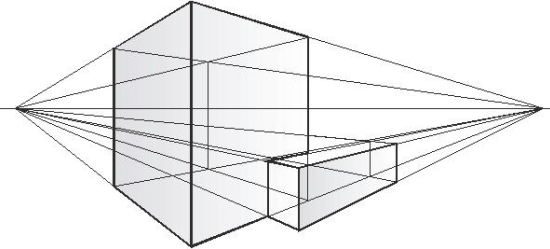
Three vanishing points for panoramic drawing
In a possessive perspective Three vanishing points (3,4) which probably leads to the most accurate results, relatively little is used, mainly to achieve diverse panoramic effects as it does not quite match our perception of reality.

But the question is: does this perception have to be reflected in the registry?
As mentioned earlier, in most cases one vanishing point is enough to build a perspective for the background, taking into account only the reduction according to the degree of distance to the depth, and for close objects - two vanishing points, while also considering reducing the distance to the side.
Exercises and tips on perspective
Recommended registry products
-
- out of stock
Registration kit for children
- ₪162
- Read more
-


